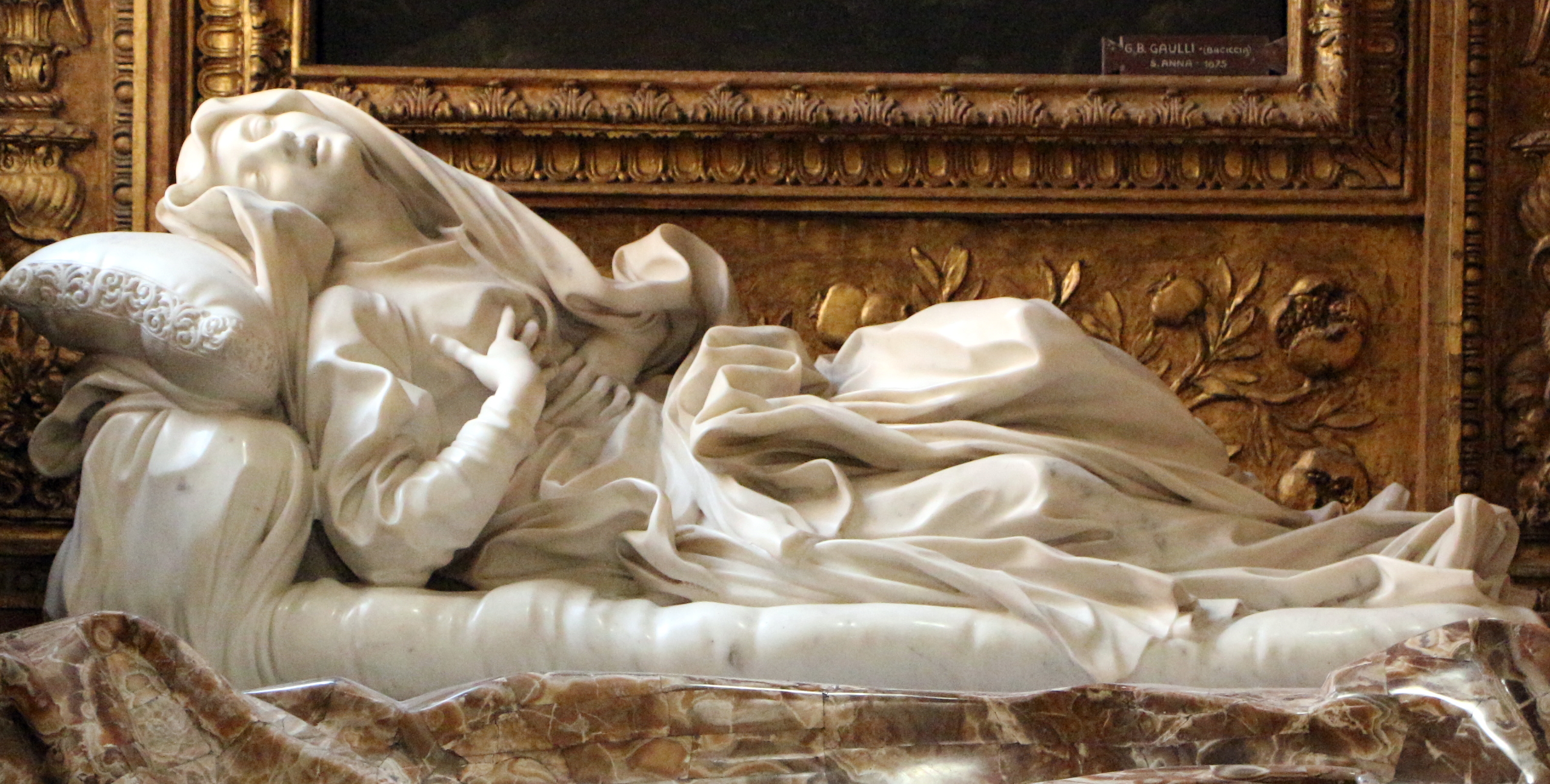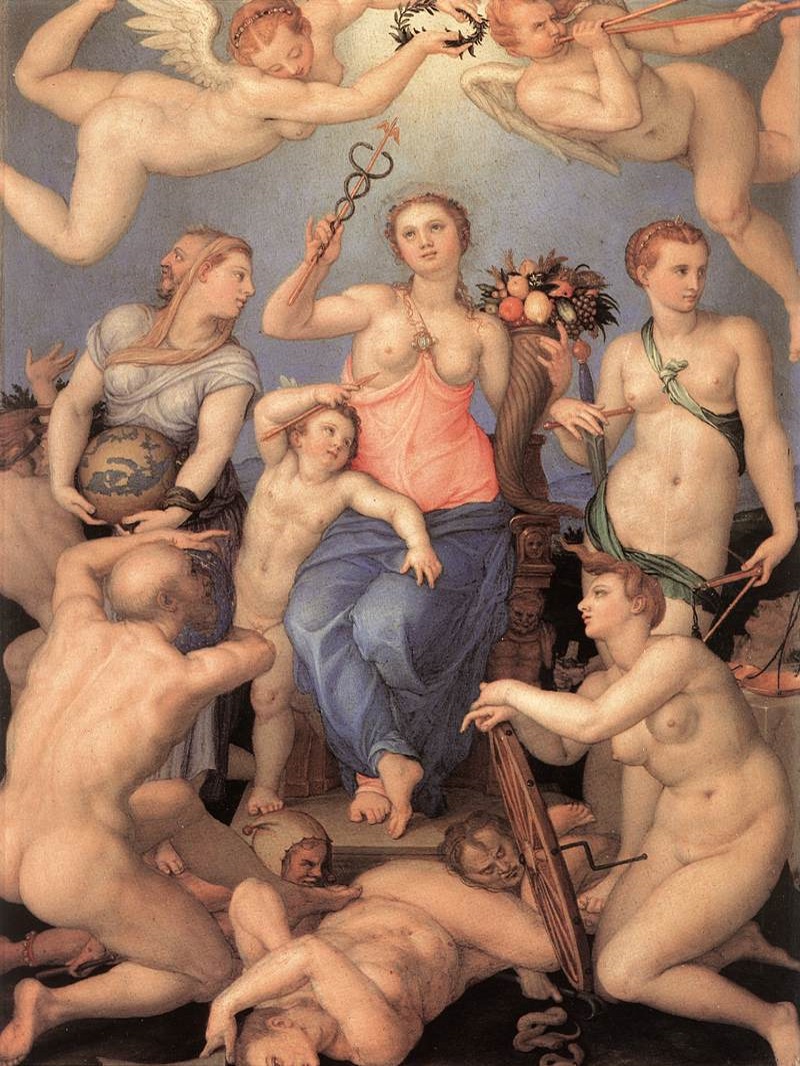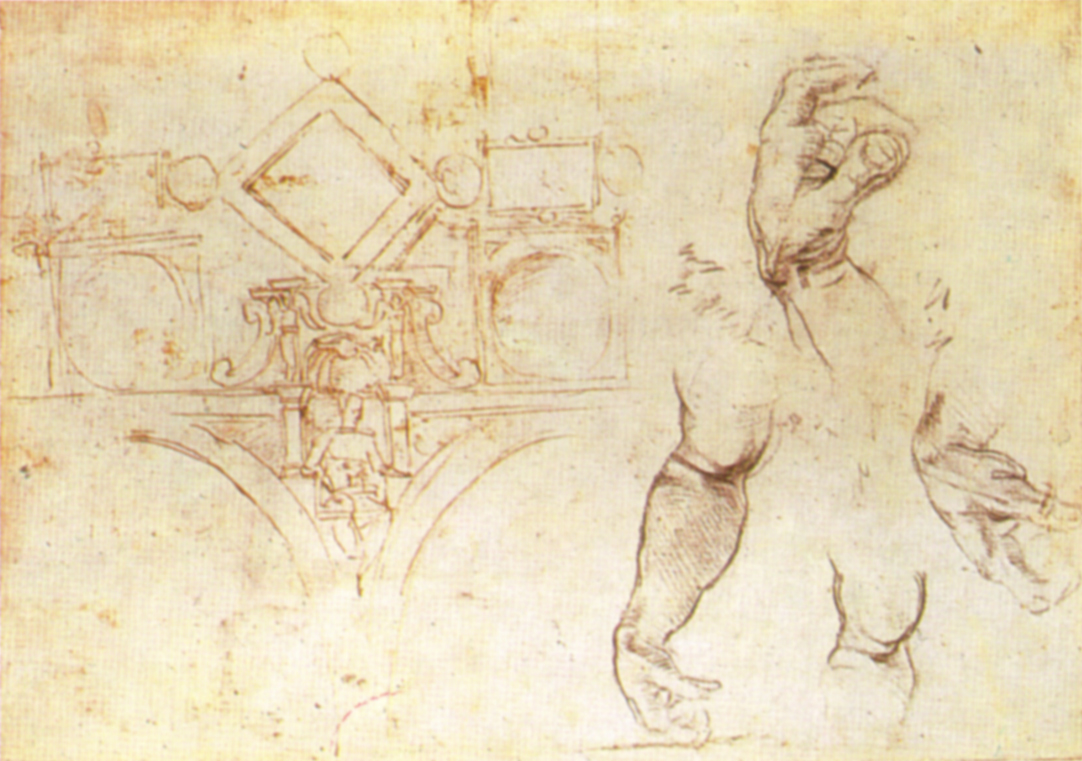Category: Senza categoria
-

“A servant of some provincial nobleman, bound by a vow, wishing to visit the body of St. Mark but, unable to obtain permission, finally put the fear of his heavenly master above that of his carnal master, and, greeting the latter, devoutly went off to visit the saint. Badly tolerating this, the master ordered his…
-

One of the most memorable portraits in art history, that of Juan de Pareja painted by Velazquez, is an image of a slave about to be freed. De Pareja was indeed born in slavery and in this condition was inherited by Velazquez, who from the 1630s made him his trusted personal assistant. In 1650, during…
-
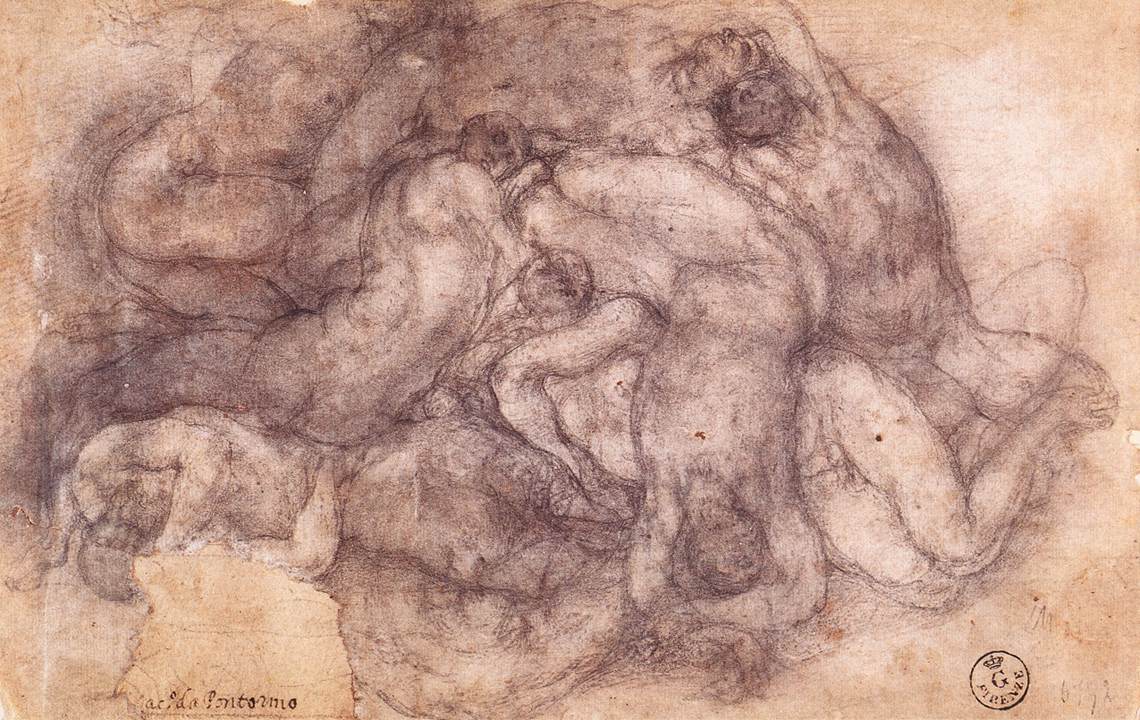
If you head east from the center of Empoli in the direction of Florence and after the bridge turn left, within a few hundred meters you will find yourself at number 97/99. It is a building that can be guessed ancient from the wooden lintels embedded in the masonry. The street is called via Pontorme…
-

In the context of late Renaissance gardens of the mid-sixteenth century, the Sacred Wood of Bomarzo occupies a position that is both eccentric and exemplary. The apparent contradiction is nourished by its being a unicum that moves the limit of artifice much further than its contemporaries dared to do (and does so, paradoxically, renouncing the…
-
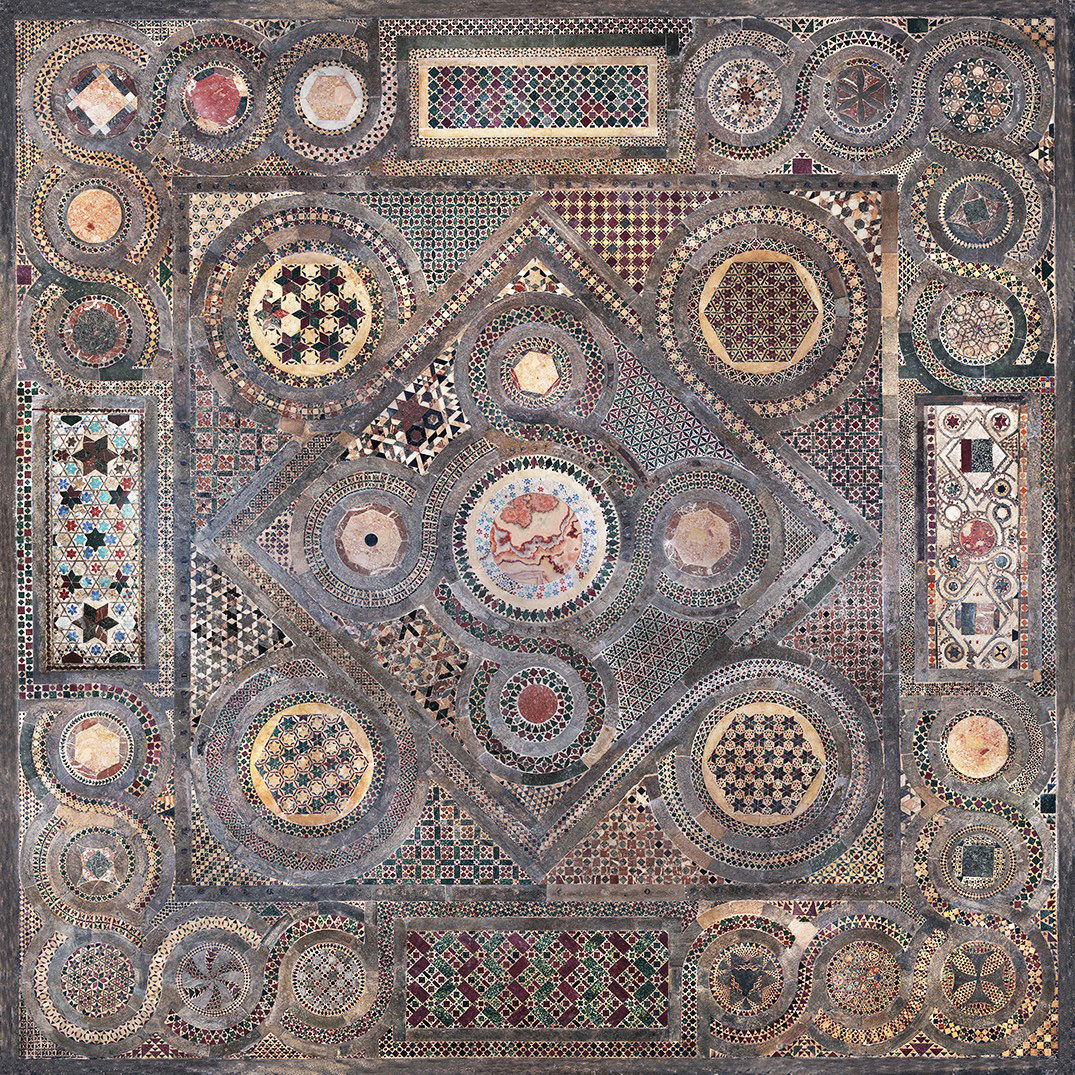
In the heart of London, behind the menacing headquarters of MI5, there is Thorney Street. Looking for a guy with that name would be useless because Thorney was the name of the now forgotten island that once hosted that strip of land. It was on this island, probably for security reasons, that in the 1140s…
-

“…a monstrous heap of human bones and coffins broken into fragments lays collected in the middle of the subterraneous area, previously to being removed from the spot“. Thus in 1842 Sir George Head describes the central nave of the basilica of San Giovanni dei Fiorentini, which had been gutted as a result of work to consolidate…
-

On the evening of July 29 1605 the young notary Mariano Pasqualone, a native of Accumoli, shows up with a head wound at the offices of the criminal court in Rome to file a complaint. What he tells is that while walking in Piazza Navona “son stato assassinato da Michelangelo da Caravaggio pittore. Mi sono…
-

It must have been very cold that January 31 1632 in Amsterdam when Adrian Adrianeszoon, known in the slums as “Het Kindt”, was hanged for yet another robbery attempt. Adrian Adrianeszoon had behind him a respectable criminal career made of theft and violence and in the past the Dutch justice had already made him amputate…
-

“Ho trovato una città di mattoni, ve la restituisco di marmo”Ottaviano Augusto in Svetonio, Vite dei Cesari, Aug., XXVIII, 3 “Quante Città vedevamo noi mentre eravamo fanciulli fatte tutte di asse, le quali hora sono state fatte di marmo?”Leon battista Alberti, De re aedificatoria, VIII, 5 The serene dream of the ancient, with its pacifying regularity,…
-
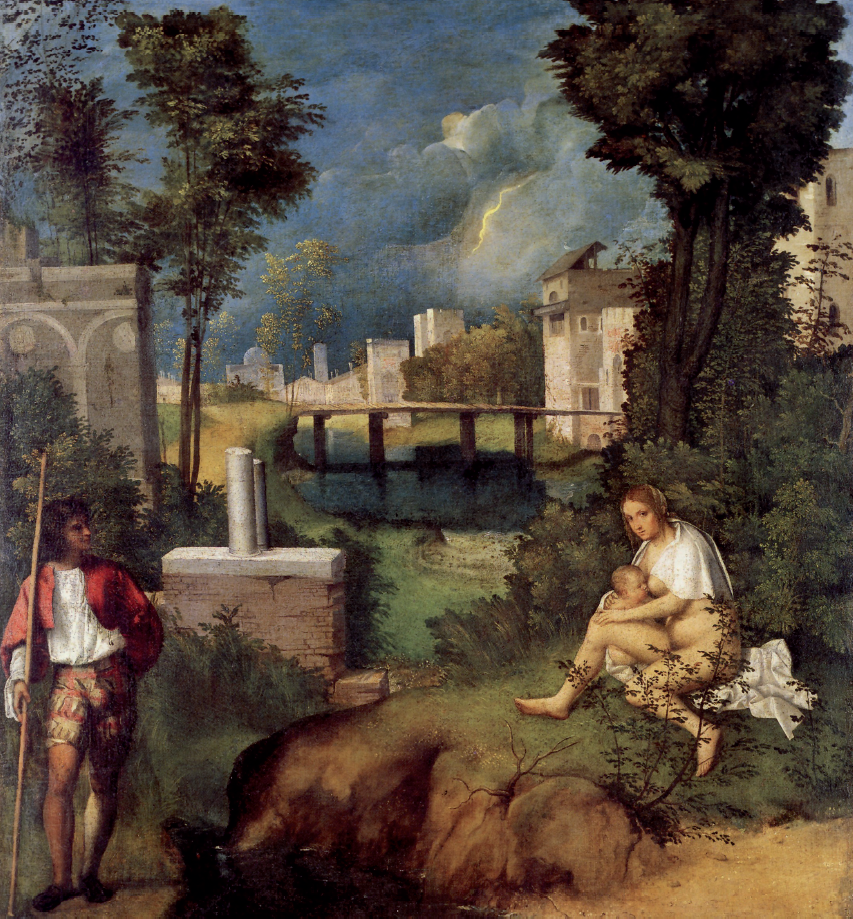
We all know it: the famous Tempest painted by Giorgione in the early sixteenth century, a canvas whose success, at least in our time, is partly due to the search for arcane symbolism, sometimes quite abstruse, behind its surface of rural scene threatened by an impending downpour. The suspended, veiled, timeless atmosphere, the silence of…
